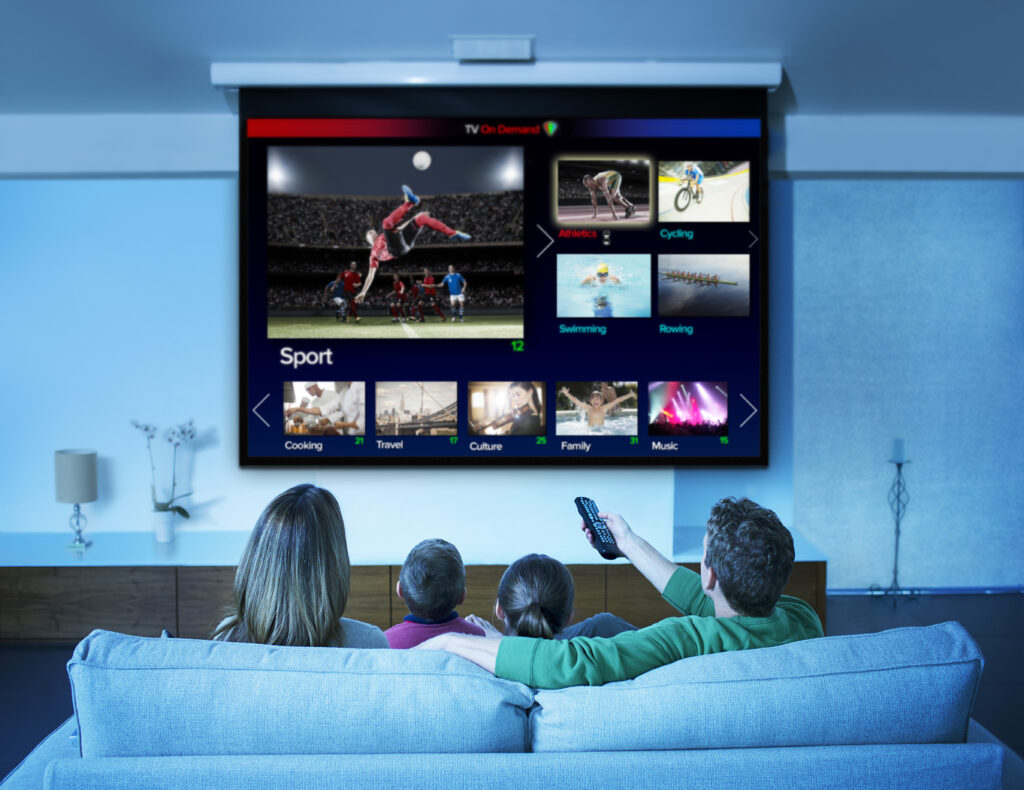If you have walked into a department store recently, chances are that you might be amazed at the selection of televisions on offer. While you might think at first that having a great selection to choose from will make the decision easier, you might find that the opposite is true: the greater the selection of options, the harder the choices you need to make.
Where do I even start?
Online shopping opens you up to a whole new world of options and information. One of the great benefits of online shopping is that you are not under any extra sensory pressure, and the pop-up banners aimed at upselling to you, can easily be ignored with the click of a button. While it takes some of the stresses of in-store buying out of the equation, it also gives you access to far more options than you would have had in a regular store environment.
The best place to start is anywhere, as long as you are armed with a lot of research to prevent you from making the wrong choice. The pivotal question to start with, is: What is a Smart-TV, and why do you need or want one?
Part of modern life
We are finding ourselves at a juncture where most modern homes that fall into the bracket of affordability have some form of Smart TV in their living room, whether an entry-level model, or something more advanced.
Smart TVs come out with built-in software, with which you can connect the set to the internet, and stream to your heart’s content from a range of prepopulated streaming services, which conveniently come preloaded on most modern TVs. Look out for a model with wi-fi capability, as this will go a long way in clearing clutter like wires and extra peripheral connections, by converting as many as possible to a wireless setup.
What is HDMI?
HDMI is a term that you will see on the boxes that many Smart TVs come on, and it is short for “high-definition multimedia interface.” What this really means, is that your TV set will have a digital port for a special cable, which takes over the job of the old audio-visual signal cables from earlier years. You do not even have to worry about connecting audio to audio or video to video – with HDMI, it’s one quick, easy, multipurpose plug!
You do not have to deal with only one, either. While extensions are easily available, it is much easier and far more convenient to buy a model with multiple HDMI ports. This goes a long way in clearing visual clutter. Although you can always extend it later, you will be saving time and even money by getting a model with everything you need right from the get-go.
If you are still confused, don’t be shy to speak to the in-store salespeople – they are well-trained to help you with any questions you may have, and can quickly help you navigate to the right Smart TV model for you.
